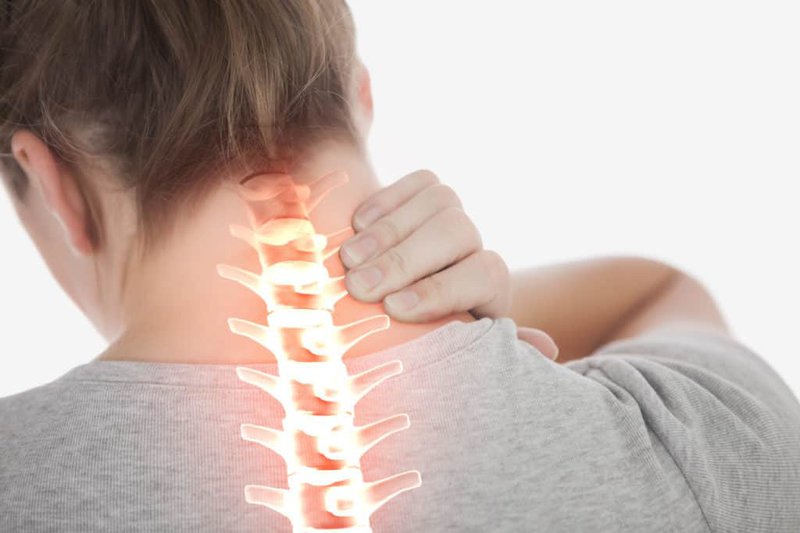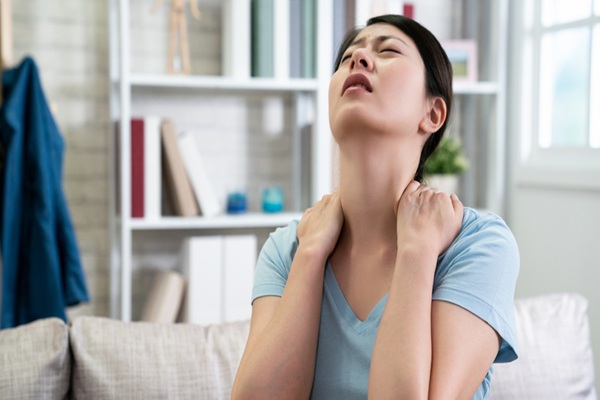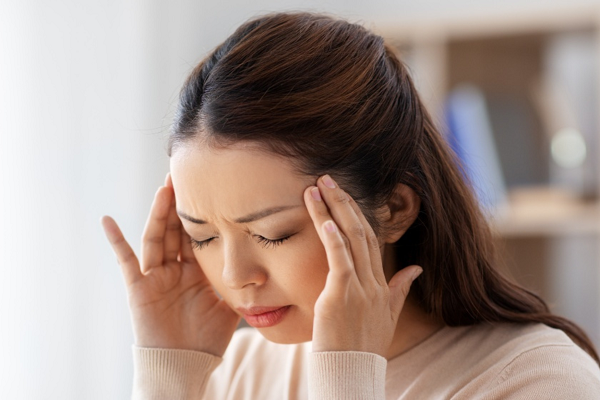Heel pain is a common condition affecting individuals of all ages, from athletes to office workers. This condition can cause discomfort, restrict movement, and impact quality of life. Understanding the causes of heel pain is the first step toward effective treatment. This article compiles the primary causes, associated symptoms, and management strategies based on medical knowledge from reputable sources, providing a comprehensive overview of this issue.
1. What is heel pain?
Heel pain is typically described as discomfort or pain in the area above or around the heel, where the Achilles tendon connects to the calcaneus (heel bone). This region endures significant stress from daily activities such as walking, running, or prolonged standing. According to the American Academy of Orthopaedic Surgeons (AAOS), heel pain may stem from issues involving tendons, muscles, bones, or soft tissues, often related to injury or inflammation.
Associated symptoms may include:
- Dull or sharp pain during movement.
- Stiffness in the morning or after rest.
- Swelling or redness in the heel area.
- Warmth or tenderness when touched.
Identifying the specific cause is critical for determining appropriate treatment.

2. Achilles tendinitis
Achilles tendinitis is one of the most common causes of heel pain. The Achilles tendon, which connects the calf muscles to the heel bone, experiences significant stress during activities like running, jumping, or climbing stairs. Per Mayo Clinic, Achilles tendinitis often results from:
- Overuse: Sudden increases in exercise intensity or duration without proper warm-up.
- Inappropriate footwear: Shoes lacking arch support or heel cushioning.
- Tight calf muscles: Weak or inflexible calf muscles increase stress on the Achilles tendon.
Symptoms: Sharp pain above the heel, particularly during walking or running; morning stiffness.
Management:
- Rest and reduce activities that stress the tendon.
- Apply cold packs for 15–20 minutes daily to reduce inflammation.
- Perform calf-stretching exercises (under guidance from a physical therapist).
- Wear shoes with heel cushioning or orthotic inserts.
3. Heel spur
A heel spur is a calcium deposit under or above the heel bone, causing pain during movement. According to Cleveland Clinic, heel spurs are often associated with plantar fasciitis or repetitive stress on the heel.
Causes:
- Prolonged standing or walking on hard surfaces.
- Obesity, increasing pressure on the heel.
- Worn-out shoes or lack of arch support.
Symptoms: Sharp pain above the heel, especially when standing after prolonged sitting; a sensation like a sharp object piercing the heel.
Management:
- Use orthotic shoe inserts to reduce pressure.
- Engage in physical therapy to improve plantar fascia flexibility.
- Take nonsteroidal anti-inflammatory drugs (NSAIDs) like ibuprofen (as prescribed by a doctor).
- Surgery may be required in severe cases to remove the spur.
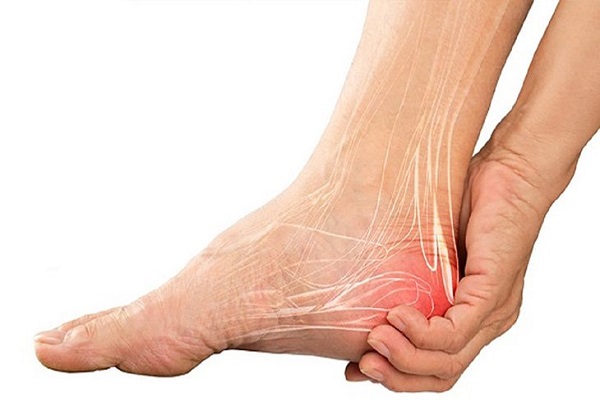
4. Haglund’s deformity
Haglund’s deformity is an abnormal bone growth on the heel, forming a bump near the Achilles tendon that causes heel pain. Per Harvard Health Publishing, this condition is often due to:
- Footwear friction: High-heeled or rigid shoes rubbing against the heel.
- Genetic factors: Some individuals have a heel bone structure prone to Haglund’s.
- Repetitive activities: Running or dancing increases pressure on the heel.
Symptoms: A red, swollen, painful bump above the heel; pain worsens with tight shoes.
Management:
- Choose shoes with soft heels to avoid friction.
- Use heel pads to reduce irritation.
- Apply cold packs and take NSAIDs to reduce swelling.
- Surgery (rare) for severe pain caused by the bump.
5. Achilles bursitis
Achilles bursitis is inflammation of the bursa, a fluid-filled sac between the Achilles tendon and heel bone. According to PubMed, it is commonly caused by:
- Repetitive stress: Excessive walking or running on hard surfaces.
- Direct trauma: Impact or falls injuring the heel.
- Infection: Rare but can cause severe inflammation.
Symptoms: Swelling, warmth, and pain above the heel; pain worsens when pressing the area.
Management:
- Rest and avoid activities that stress the heel.
- Apply cold packs to reduce swelling and pain.
- Use prescribed anti-inflammatory medications.
- For infections, antibiotics or fluid aspiration may be necessary.
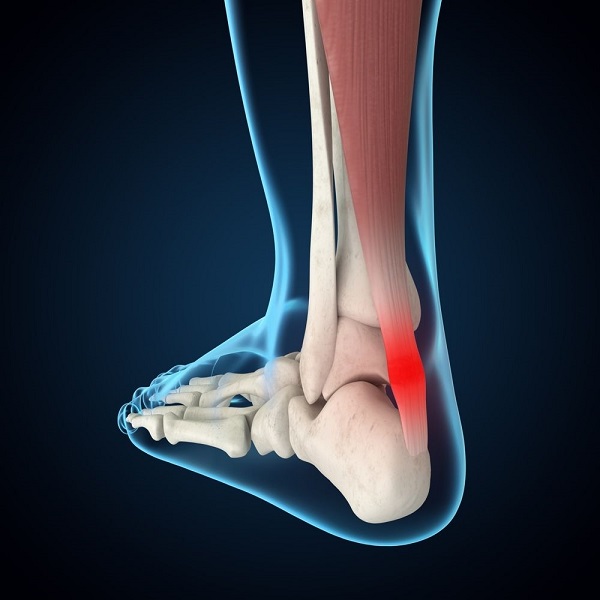
6. Stress fracture
A stress fracture involves small cracks in the heel bone due to repetitive stress. Per AAOS, causes include:
- High-intensity training: Long-distance running or excessive jumping without adequate rest.
- Weak bones: Calcium or vitamin D deficiency increases bone vulnerability.
- Surface changes: Transitioning from soft to hard surfaces (e.g., concrete).
Symptoms: Dull pain above the heel, worsening with activity and easing with rest; mild swelling may occur.
Management:
- Rest for 6–8 weeks, avoiding weight-bearing activities.
- Use a brace or supportive shoes to protect the bone.
- Supplement with calcium and vitamin D as advised by a doctor.
- Obtain X-rays to assess the extent of damage.
7. Other causes of heel pain
Additional causes of heel pain include:
- Neurological conditions: Nerve compression in the foot or spine (e.g., tarsal tunnel syndrome).
- Rheumatoid arthritis: Causes inflammation and pain in multiple joints, including the heel (PubMed).
- Infections or tumors: Rare but may cause persistent pain, requiring immediate evaluation.
8. Diagnosing heel pain
To pinpoint the exact cause, doctors typically perform:
- Physical examination: Assessing symptoms, pain levels, and mobility.
- Imaging tests: X-rays, MRI, or ultrasound to detect bone, tendon, or soft tissue damage (Cleveland Clinic).
- Blood tests: To rule out conditions like arthritis or infection.
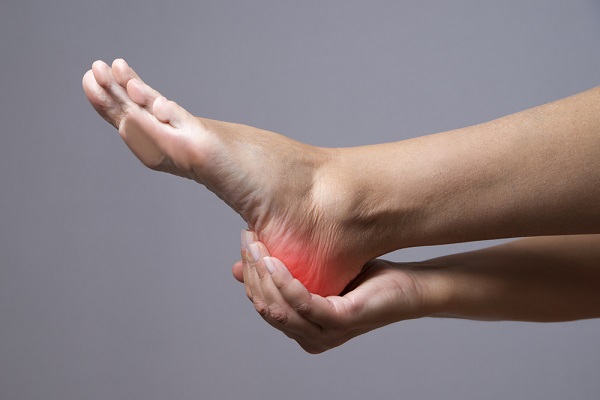
9. Treating heel pain
Treatment for heel pain depends on the cause and severity. Common approaches include:
Conservative treatment:
- Rest: Reduce or avoid activities causing pain.
- Cold/ice therapy: Reduce inflammation and pain, applied for 15–20 minutes, 2–3 times daily.
- Physical therapy: Stretching and strengthening exercises for calf muscles and Achilles tendon (Mayo Clinic).
- Medications: NSAIDs (e.g., ibuprofen, naproxen) for pain and inflammation; corticosteroid injections for severe cases.
Lifestyle changes:
- Wear shoes with heel cushioning and arch support.
- Lose weight if overweight to reduce heel pressure.
- Avoid prolonged standing or walking on hard surfaces.
Medical interventions:
- Surgery: Removal of heel spurs, Haglund’s bump, or Achilles tendon repair in severe cases.
- Extracorporeal shockwave therapy (ESWT): Stimulates healing of tendons and soft tissues (Harvard Health).
10. Preventing heel pain
To reduce the risk of heel pain, consider:
- Warm-up thoroughly: Stretch calf muscles and Achilles tendon for 5–10 minutes before exercise.
- Choose proper footwear: Opt for shoes with heel cushioning and arch support, replacing them regularly.
- Gradual training increases: Avoid sudden changes in exercise intensity or duration.
- Maintain a healthy weight: Reduce pressure on the heel and foot.
- Ensure proper nutrition: Adequate calcium, vitamin D, and protein for strong bones and tendons (Cleveland Clinic).
Heel pain may arise from various causes, including Achilles tendinitis, heel spurs, Haglund’s deformity, or stress fractures. Identifying the cause and applying appropriate treatments are crucial for improving quality of life. By adopting lifestyle changes, wearing suitable footwear, and following preventive measures, you can reduce the risk of recurrence. For persistent or severe pain, consult a doctor for specialized advice.
Physical therapy combined with targeted exercises is a long-term, safe treatment approach. Patients must remain consistent and adhere to the prescribed schedule. Nguyen Tung Musculoskeletal Clinic is a leading rehabilitation and physical therapy center in Vung Tau. Our physical therapy methods are flexibly tailored to each patient’s pain condition and unique physiology.
Free consultation and condition assessment at Andora Orthopedic Clinic:
- Address: 123 Truong Cong Dinh, Vung Tau Ward, HCM City
- WhatsApp/Viber: (+84)87724 7272
- Facebook | X (Twitter) | Tiktok
Learn more about Sport injures and Nutrition plans to effectively care for and restore musculoskeletal health.




